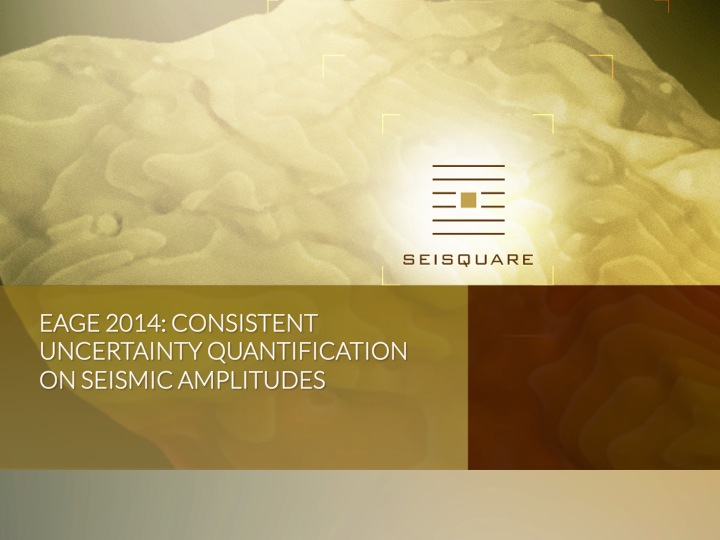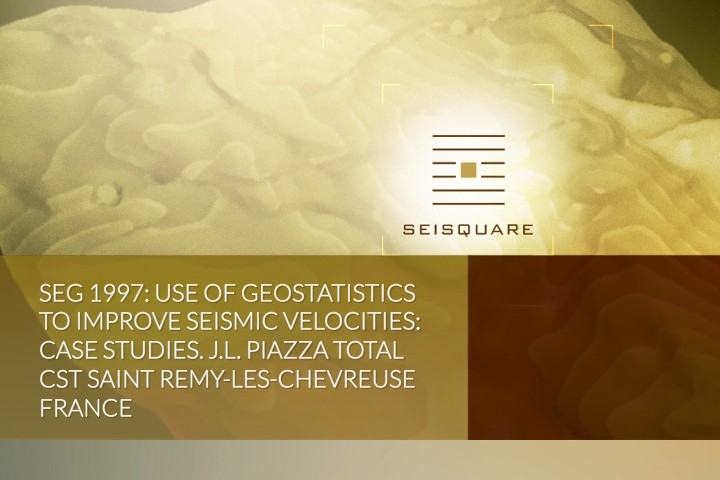Seismic velocities are used in varied geological contexts for various purposes. The quality of these data depends on a wide range of causes related to seismic acquisition and processing. Their accuracy is a key factor that controls the reliability of the information provided by the geophysicist such as seismic attributes and time-to-depth conversions. Geostatistical techniques are employed to analyze 3D velocity fields in terms of seismic artifacts or errors and extract the information required for each specific use. They also provide the mathematical framework to combine the seismic velocity data with the well velocity information to yield fully integrated 3D velocity cubes adequate for time-to-depth conversions or 3D depth migrations. Several examples are given of how Geostatistics may be integrated in various methodologies to control the quality of the raw velocity analyses, optimize their spatial sampling, to help to remove the artifacts and to estimate the uncertainties related to depth mapping.




